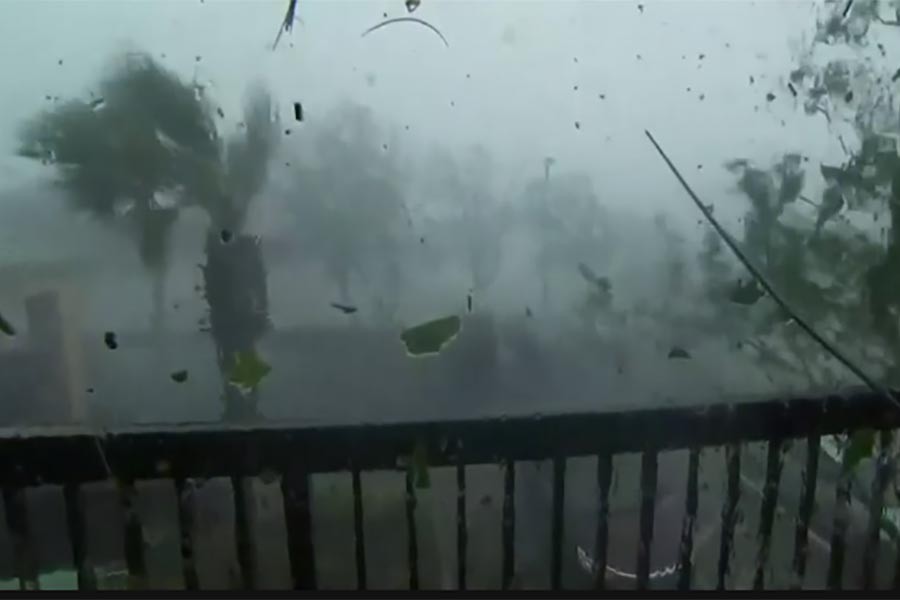The third-strongest storm in recorded history to hit the mainland US has battered north-west Florida, flooding beach towns and snapping trees.
Rescue services are waiting for daylight to assess the full impact of Hurricane Michael, which made landfall on Wednesday afternoon as a category four storm with 155mph (250km/h) winds.
Two people, including a child, were killed by falling debris, according to BBC.
Having weakened to a tropical storm, Michael is on its way to the Carolinas.
Storm-surge warnings are in place between Panama City Beach and Keaton Beach in Florida, and between Ocracoke Inlet and Duck in North Carolina, the US National Hurricane Center says.
There are fears for people who ignored evacuation warnings in some of the areas now flooded.
Hundreds of thousands of homes and businesses were left without electricity in Florida, Alabama and Georgia.
Michael made landfall near Mexico Beach, Florida, at around 14:00 (18:00 GMT) on Wednesday.
Only the unnamed Labor Day hurricane, which hit Florida in 1935, and Hurricane Camille, which struck Mississippi in 1969, made landfall with greater intensity.
The Labor Day storm's barometric pressure (the lower the number, the stronger the storm) was 892 millibars and Camille's was 900, while Michael blew in with 919.
Michael was so powerful as it swept into Florida that it remained a hurricane as it moved further inland.
Its rapid intensification caught many by surprise, although the storm later weakened.
Unusually warm waters in the Gulf of Mexico turbo-charged the storm from a tropical depression on Sunday.
Only on Tuesday it was a category two hurricane but by Wednesday morning it had reached borderline category five, the highest level.


